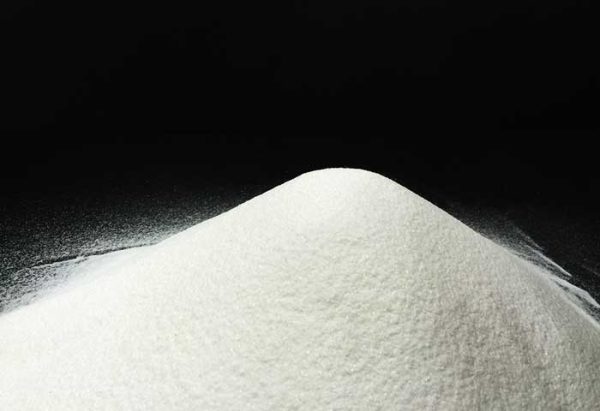
Adhesives are a class of fine chemical products widely used in various industries. They are materials that form a thin film between two surfaces, firmly bonding them together. Adhesives are generally formulated from a binder (base resin), a curing agent, a toughening agent, a diluent, and a modifier (filler). They are widely used in packaging, electronics, building materials, automotive and transportation, machinery manufacturing, new energy, healthcare, aerospace, and other fields.
Adhesive Classification and Filler Modification
Based on their chemical composition, adhesives can be divided into silicone adhesives, polyurethane adhesives, epoxy resin adhesives, acrylic adhesives, and synthetic rubber adhesives.
Modifying various adhesives with fillers is a common and effective method. Fillers can increase the adhesive’s volume, thereby reducing costs. Fillers can also improve adhesives’ inherent problems such as poor heat resistance, high cure shrinkage, low hardness, and unstable viscosity, significantly expanding the adhesive’s application range. Common fillers include calcium carbonate, montmorillonite, kaolin, silica, titanium dioxide, and silicon carbide.
1. Calcium Carbonate Takes the Lead among Traditional Adhesive Fillers
Hong Shuda et al. studied the effects of three different fillers—calcium carbonate, calcium sulfate, and barium sulfate—on the performance of polyurethane/epoxy resin (PU/EP) adhesives. Comparing the material properties of different fillers and their content, they found that at a filler content of 30%, the various fillers in the PU/EP system achieved optimal mechanical properties. This is because there is an upper limit to filler addition: appropriate addition allows the filler to evenly fill the gaps between molecular chains, while excessive addition disrupts the molecular chain structure.
At the same filler ratio, calcium carbonate exhibits the best filling performance.
2. Calcium Carbonate Holds a Strong Position Among High-End Adhesive Fillers
The study investigated the effects of adding different ratios of silicon carbide, silicon dioxide, and calcium carbonate fillers to epoxy adhesives on their elastic modulus, Poisson’s ratio, and linear expansion coefficient. The results showed that the addition of silicon carbide, silicon dioxide, and calcium carbonate fillers increased the elastic modulus and reduced the Poisson’s ratio and linear expansion coefficient of the epoxy adhesive.
With the addition of fillers, the elastic modulus increases, while the Poisson’s ratio and linear expansion coefficient decrease. Silicon carbide significantly increases the elastic modulus of epoxy adhesives, while calcium carbonate does so less. However, calcium carbonate significantly reduces the linear expansion coefficient of epoxy adhesives. For adhesives with the same matrix, the increase in modulus with the addition of fillers increases the yield strength of the adhesive; the reduction in Poisson’s ratio reduces lateral strain; and the reduction in linear expansion coefficient reduces internal stress during cure, all of which contribute to improved bond strength.
Key Technologies for the Application of Calcium Carbonate in Adhesives
Currently, the application of nano-calcium carbonate in adhesives focuses on three key areas: the intermixing effect of fillers with the colloid; the effect of fillers on thixotropic properties; and the reinforcing effect on sealants.
Heavy calcium carbonate is often used as a filler in two-component polysiloxane adhesives, primarily to reduce adhesive usage and thus costs. Currently, a gradation of heavy calcium carbonate and nano-calcium carbonate is also widely used in polysiloxane adhesives for construction applications, achieving both improved tensile properties and excellent flow properties. Ultrafine heavy calcium carbonate (1-2 μm) can also be added as a filler to polyurethane adhesives, increasing volume, reducing adhesive usage, and lowering costs. Furthermore, it can reinforce the sealant, improving its mechanical properties and reducing expansion coefficient and cure shrinkage.
Currently, calcium carbonate is being used successfully in adhesives, with both heavy and light calcium carbonate occupying their respective niches. In the long term, calcium carbonate’s price and raw material advantages hold significant appeal for the adhesives industry. As demand for adhesives continues to grow, the consumption structure of calcium carbonate may also shift.
